Supply chain disruptions have become a significant challenge for businesses worldwide. A prime example is the COVID-19 pandemic, which exposed vulnerabilities in global supply networks. Inflation rates have also skyrocketed, driven by factors like:
- Supply shortages
- Rising transportation costs
- Labour constraints
This post will examine the intricate relationship between supply chain disruptions and inflationary pressures. We’ll explore:
- Common causes of supply chain disruptions
- How disruptions fuel inflation
- Strategies to build resilient supply chains
- Managing costs during inflationary periods
By understanding this connection, businesses can adapt their supply chains, mitigate risks, and navigate turbulent economic conditions more effectively.
Supply Chain Disruptions – What Are They?

Supply chain disruptions are unexpected events that interrupt normal operations. They disrupt the flow of goods and services from suppliers to consumers. Major types of supply chain disruptions include:
- Natural disasters like hurricanes, earthquakes, or floods
- Geopolitical tensions and trade conflicts
- Labor strikes or workplace issues
- Cyberattacks and data breaches
- Transportation delays or failures
- Supplier bankruptcies or production halts
No company is immune to these disruptions. Some notable examples showcase their widespread impact:
- COVID-19 pandemic led to factory shutdowns, shipping bottlenecks, and worker shortages globally.
- Japanese earthquake and tsunami in 2011 disrupted auto and electronics supply chains.
- U.S. West Coast port slowdown in 2014-2015 delayed goods worth billions.
The Root Causes
While the trigger events vary, most disruptions stem from a few root causes:
Lack of visibility into multi-tier supply networks hampers risk monitoring. Over-reliance on single-sourcing or lean supply chains increases vulnerability.
Poor contingency planning and lack of backup plans exacerbate impacts.
The Ripple Effects

Supply chain disruptions have cascading effects across industries. A single break can ripple through intricate global supply networks. Common consequences include:
- Production slowdowns or stoppages
- Component and raw material shortages
- Order delays and stockouts
- Inflated costs due to scarcity
- Customer dissatisfaction and revenue losses
Mitigating disruptions requires end-to-end supply chain visibility. Diversification, agility, and robust risk management are also crucial.
How Supply Chain Disruptions Fuel Inflation
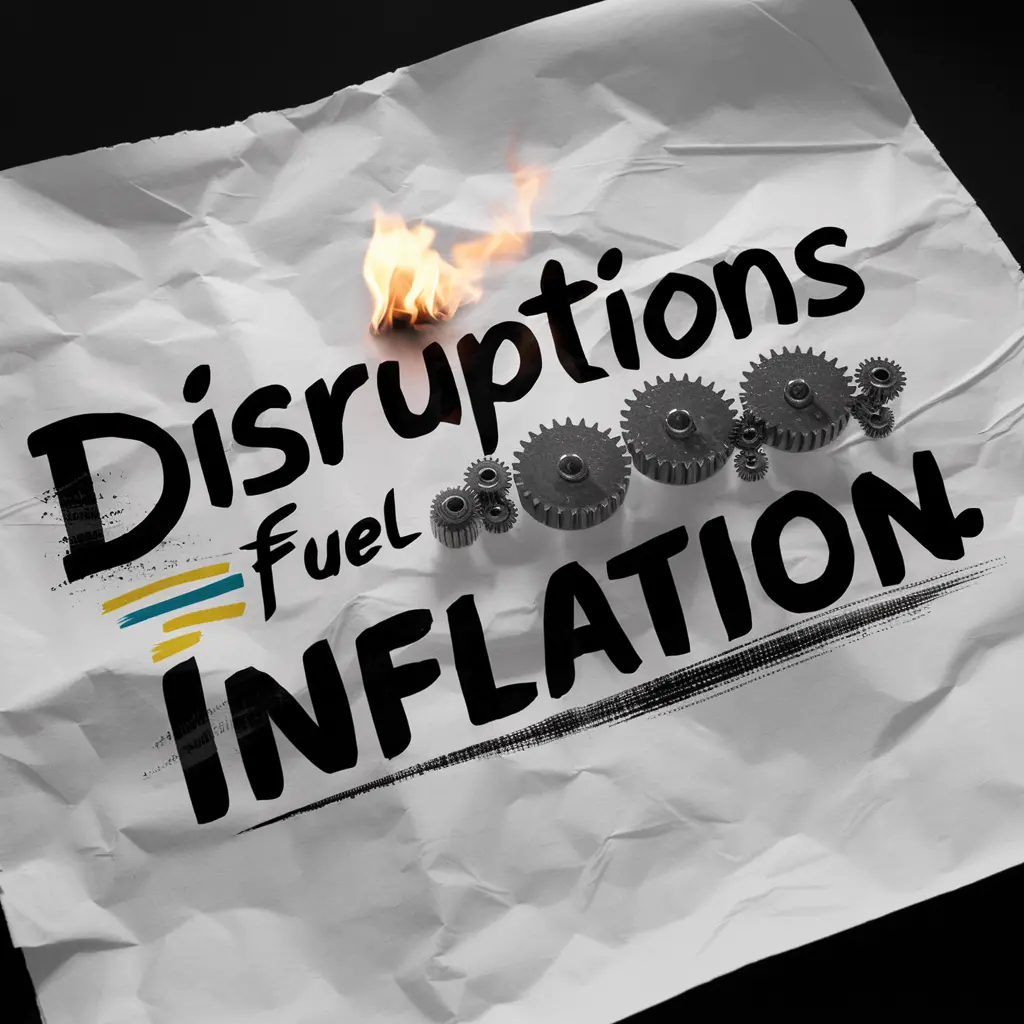
Inflation measures the rate at which prices for goods and services rise over time. When supply chain disruptions occur, they create imbalances that contribute to inflationary pressures through several mechanisms:
Reduced Supply of Goods Disruptions restrict the supply of raw materials, components, and finished products. When supply falls short of demand, scarcity arises. This allows suppliers and sellers to raise prices.
For example, the semiconductor chip shortage stemming from factory closures increased prices for vehicles and electronics.
Higher Production and Shipping Costs
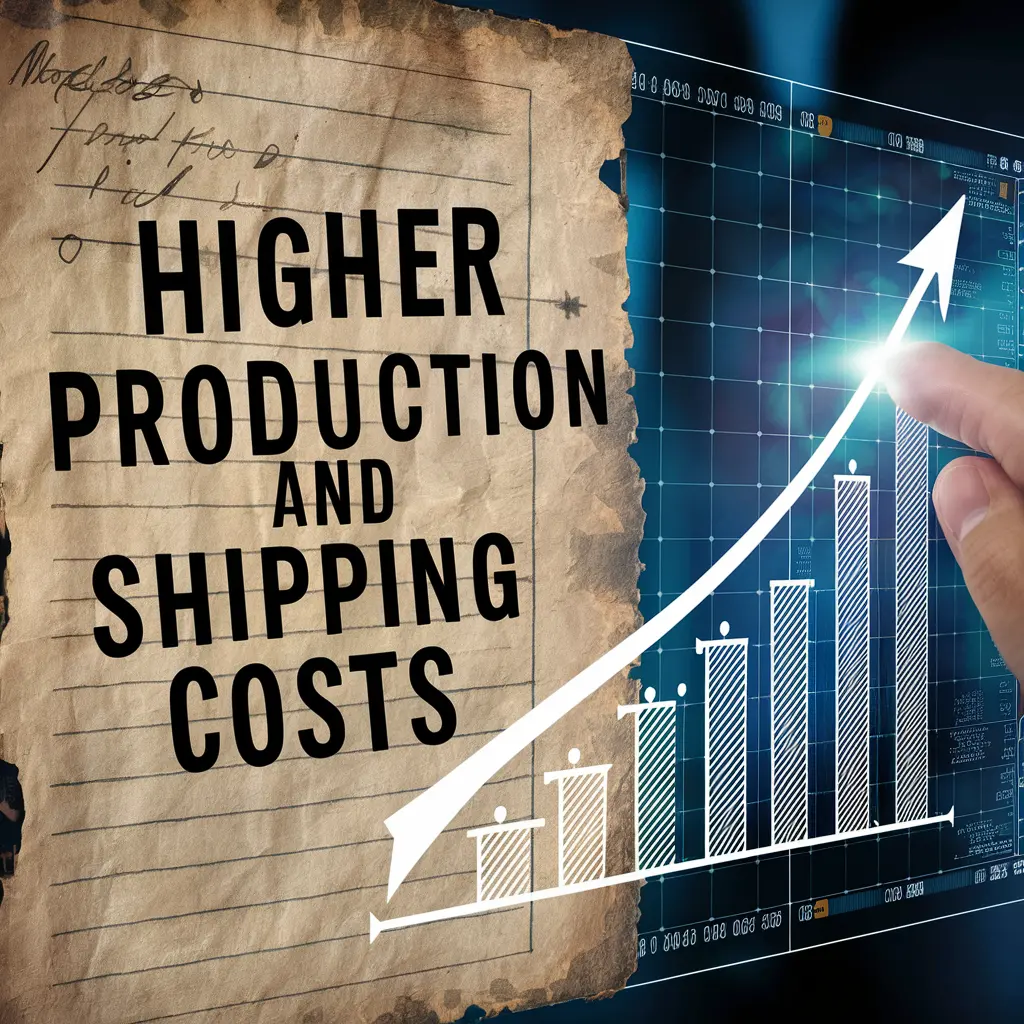
Disruptions elevate the costs of manufacturing and transportation for businesses. To maintain margins, these higher expenses get passed onto consumers through price hikes.
The blockage of the Suez Canal in 2021 spiked shipping rates globally as alternate routes added transit time and fuel costs.
Labor Shortages and Wage Pressures Workplace disruptions like strikes or illness outbreaks create labor shortages. The resulting wage increases to attract workers filter through to consumer prices.
Fast food chains raised prices in 2022 as a severe lack of staff drove up wages and operating costs.
Panic Buying and Hoarding When disruptions spark fears of shortages, consumers and businesses begin hoarding goods. This demand spike against constrained supply leads to price surges.
During COVID-19, panic buying of essential items like toilet paper and food triggered temporary shortages and price gouging.
While expansionary monetary policy and strong consumer spending also impact inflation, supply chain fragilities are a significant contributor currently.
Real-World Examples
The consequences of large-scale disruptions on inflation are evident from recent events:
- U.S. inflation hit a 40-year high of 9.1% in June 2022 as pandemic disruptions persisted across supply chains.
- Food prices globally soared over 20% following Russia’s invasion of Ukraine due to blocked grain exports.
- UK inflation reached double digits driven by spiking energy costs after supply shortages of natural gas.
Mitigating inflationary risks requires building more resilient supply chains able to absorb shocks and reduce production shortfalls.
Building Resilient Supply Chains to Combat Disruptions

While disruptions are inevitable, there are strategies businesses can adopt to make their supply chains more resilient and mitigate impacts:
Identify Risks Through Comprehensive Assessments The first step is thoroughly evaluating potential disruption risks across the entire supply network, including:
- Mapping supplier locations and concentrations
- Assessing geo-political and natural disaster threats
- Analyzing financial health of key suppliers
- Auditing cybersecurity vulnerabilities
Having robust risk assessments enables effective contingency planning.
Implement Backup Plans and Redundancies
With risks identified, backup strategies can be developed like:
- Qualifying alternative suppliers and sources
- Maintaining buffer inventory of critical components
- Establishing distribution redundancies across multiple sites
- Cross-training employees for key supply chain roles
While adding redundancies increases costs, it provides invaluable flexibility during disruptions.
Diversify Supplier Base and Avoid Over-Reliance An over-concentrated supply chain amplifies disruption exposure. Diversifying the supplier base across multiple geographical regions reduces this risk.

Toyota famously weathered the 2011 Thailand floods better than rivals due to its dispersed supplier footprint.
Leverage Technology for Enhanced Visibility Supply chain visibility enabled by digital solutions is vital for monitoring, anticipating, and responding to potential disruptions. Key capabilities include:
- Real-time tracking of shipments and inventory
- Data analytics for demand forecasting
- Automated alerts for delays or supplier issues
- Optimization tools for re-planning production and distribution
Technologies like IoT, AI, blockchain further boost traceability and agility.
Foster Collaboration and Information Sharing Effective communication and coordination with suppliers, logistics providers, and channel partners is essential during disruptions. Establishing protocols for:
- Sharing real-time updates on status
- Joint contingency planning and execution
- Collaborative problem-solving and resolution
This cross-enterprise collaboration strengthens the collective resilience capabilities.
With thoughtful planning and prudent investments, businesses can develop the supply chain flexibility to withstand disruptions more effectively.
For More Information Read More Article:
Combating Inflation’s Effects on Supply Chains
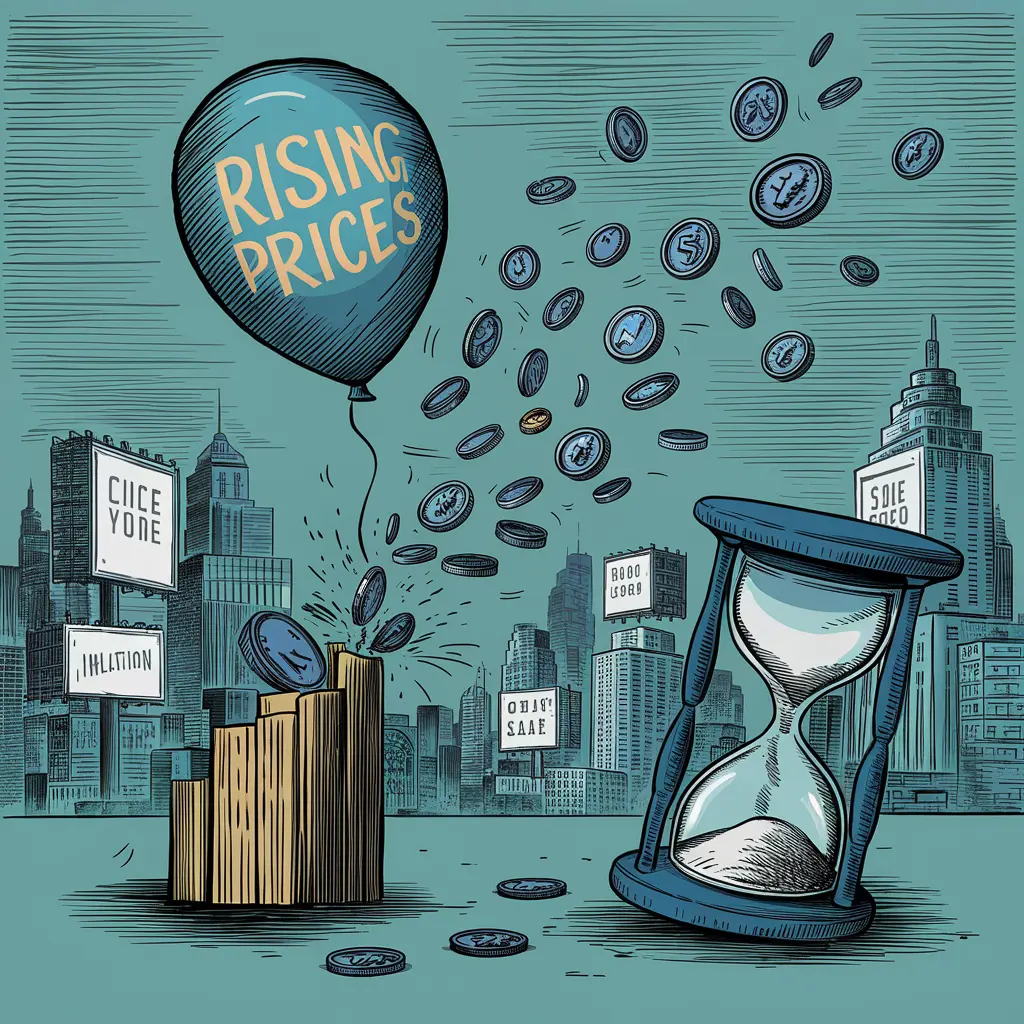
While building resilient supply chains reduces disruption risks over the long-term, businesses must also deploy strategies to manage acute inflationary pressures. Some key tactics include:
Implement Cost Control Measures As input costs like materials, labor, and transportation surge, companies should rigorously evaluate spending for potential savings:
- Renegotiate contracts with suppliers for better pricing
- Optimize inventory levels to reduce carrying costs
- Improve operating efficiencies to reduce waste
- Substitute lower-cost raw material alternatives when feasible
- Leverage logistics tools to find lower-cost shipping options
Even small reductions in overhead can provide relief during inflationary periods.
Explore Pricing Strategies For many businesses, absorbing higher costs through reduced margins is unsustainable long-term. Strategic pricing actions become necessary:
- Incremental price increases passed to customers
- Promotional pricing and discounting reductions
- Value-based pricing models tied to willingness-to-pay
- Subscription or recurring revenue pricing structures
Effectively communicating pricing changes and their justification is crucial to maintain customer loyalty.
Leverage Financial Hedging While operational adjustments help, financial instruments can also mitigate inflation exposure:
- Commodity hedging contracts to lock in future prices
- Currency hedging to protect against exchange rate volatility
- Inflation-indexed derivatives to offset rising costs
Companies must evaluate hedging options and their costs relative to potential benefits.
Prioritize Supplier Relationships
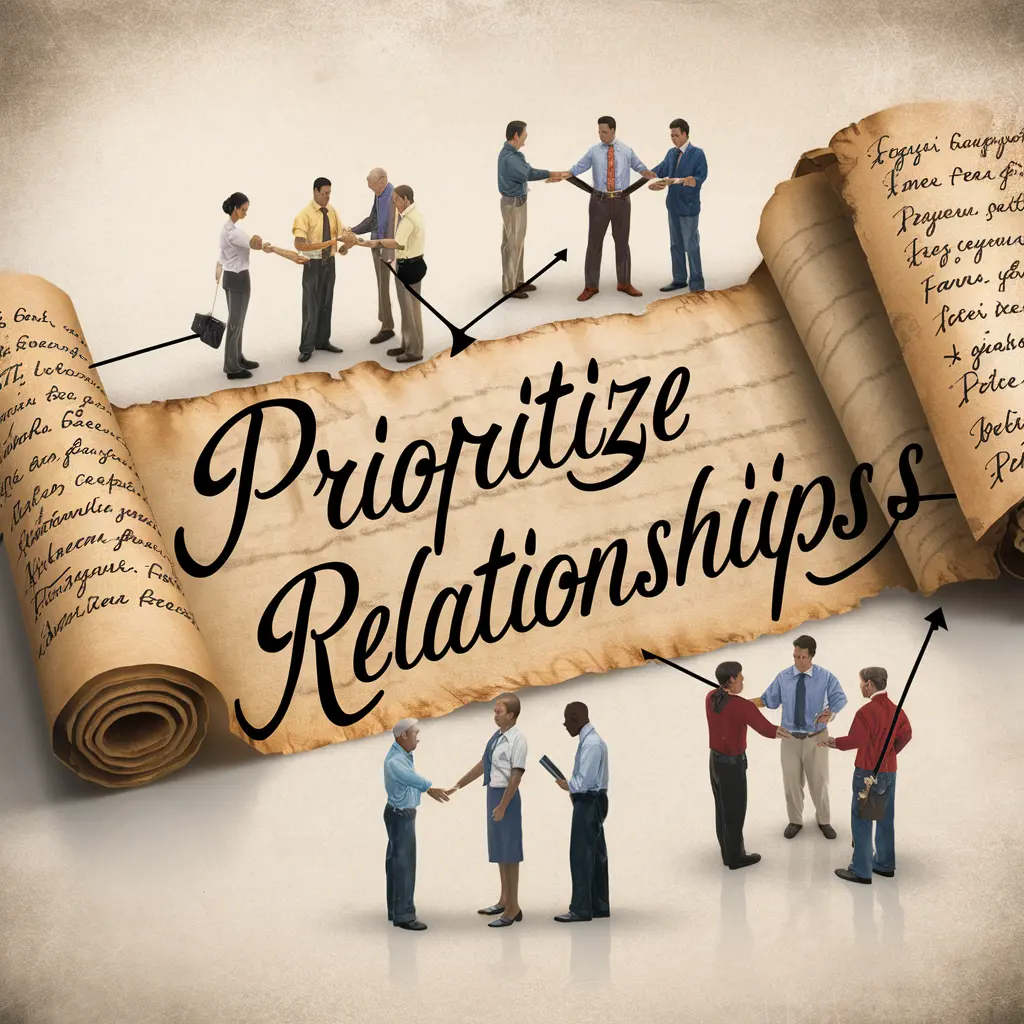
Maintaining strong partnerships with key suppliers is vital during inflationary cycles:
- Collaborate on cost transparency and savings opportunities
- Provide support and incentives for their efficiency initiatives
- Jointly explore alternativesourcing or localization
- Renegotiate terms but avoid scorched-earth cost-cutting
A short-term zero-sum mindset can undermine long-term supply continuity.
While no single strategy is a silver bullet, deploying a mix of prudent cost management, strategic pricing, financial hedging, and supplier collaboration can help businesses navigate inflationary headwinds.
Leveraging Technology to Build Resilient Supply Chains

As supply chain disruptions and inflation persist, companies are increasingly turning to technology solutions to enhance visibility, agility and drive efficiencies. Key innovations include:
Supply Chain Management Software Cloud-based supply chain management platforms provide an integrated view across procurement, manufacturing, warehousing and logistics. Core capabilities include:
- Real-time inventory tracking and order management
- Demand forecasting and production planning
- Transportation management and routing optimization
- Analytics for identifying bottlenecks and inefficiencies
Implementing these systems enables data-driven decision making and rapid response to disruptions.
Internet of Things (IoT) Monitoring IoT sensor technologies allow tracking of shipments, assets and conditions across the supply chain:
- Logistics providers use IoT for shipment location and temperature monitoring
- Manufacturers track equipment performance and automate maintenance
- Retailers monitor storage conditions and automate replenishment
This granular supply chain intelligence enhances proactive risk mitigation.
Artificial Intelligence (AI) and Predictive Analytics AI and machine learning models can analyze vast data sets to uncover patterns and predict future events:
- Demand forecasting factoring in economic and consumer trends
- Optimizing inventory levels and distribution networks
- Predictive maintenance to prevent equipment failures
- Automated procurement and dynamic supply planning

AI’s predictive capabilities allow getting ahead of potential disruptive events.
Blockchain for Immutable Tracking Blockchain’s distributed, immutable ledger enables seamless sharing of data across supply chain partners:
- Verifying provenance and authenticity of goods
- Automating customs and trade compliance documentation
- Securing transactions and payments between parties
- Coordinating multi-party logistics and shipment handling
Blockchain enhances transparency, trust and traceability in complex supply networks.
3D Printing and Micro-Factories Additive manufacturing allows localized, on-demand production of components and spare parts:
- Reduces reliance on outsourced, multi-tier supply chains
- Mitigates risk of transportation bottlenecks and border delays
- Lowers costs by printing components closer to point-of-use
While not a panacea, innovative technologies can fortify supply chains against future shocks when integrated strategically alongside operational best practices.
Navigating the Future of Resilient Supply Chains
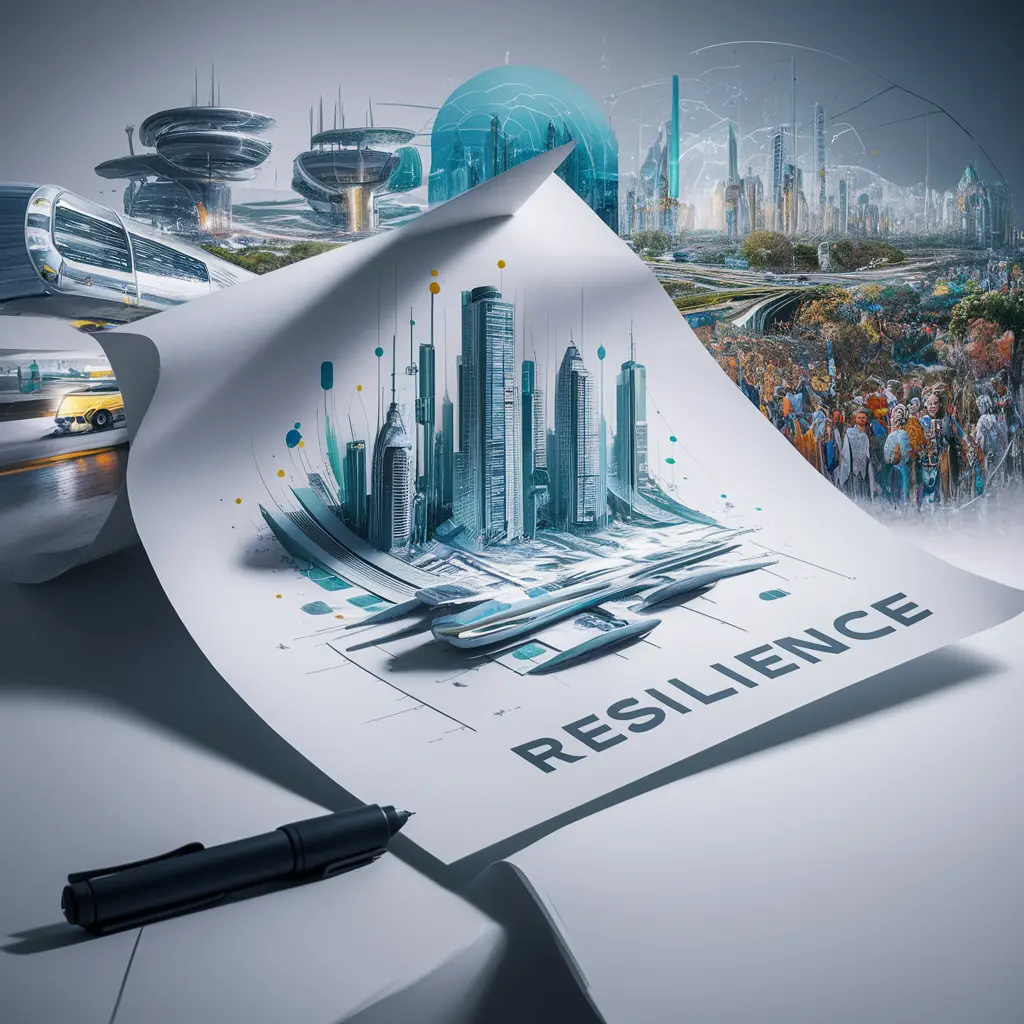
Supply chain disruptions have become the new normal in our hyper-connected global economy. The widespread impacts from events like the COVID-19 pandemic, natural disasters, trade tensions and conflicts have starkly revealed the vulnerabilities and fragilities baked into many supply networks.
As this post has outlined, these disruptions reverberate far beyond just production stoppages and shortages. They contribute to inflationary pressures that ripple across economies – raising costs for businesses and consumers alike. Some key takeaways:
Root Causes of Vulnerability Supply chains have become optimized for low costs and efficiency, often at the expense of resilience. Single-sourced suppliers, just-in-time inventory models, and global distribution left little margin for disruptions.
Lack of visibility across multi-tier supplier networks and geographic concentrations amplified exposure to regional events. Insufficient contingency planning and risk monitoring exacerbated impacts.
Mitigating Disruption Risks To improve resilience, businesses must assess risks holistically and implement robust mitigation strategies:
- Diversify their supplier base across multiple regions
- Build in redundancies through backup suppliers and inventory
- Increase transparency and digitize for real-time monitoring
- Collaborate closely with supply chain partners
- Leverage technologies for agility and responsiveness
Combating Inflationary Pressures When disruptions do strike, a multipronged approach is required to manage inflationary effects:
- Rigorously control costs through spend optimization
- Deploy strategic pricing models to pass-through increases
- Leverage financial hedging instruments judiciously
- Foster strong supplier relationships and jointly pursue savings
The Path Forward Sustainable competitive advantages will accrue to organizations that treat supply chain resilience as a strategic imperative rather than a cost center. Investments in technology, processes, and personnel for enhanced visibility, flexibility and rapid decision-making will pay dividends.
While eliminating disruptions is impossible, developing the capabilities to anticipate, withstand and recover from inevitable shocks is crucial for navigating our volatile future. Resilient supply chains are the new imperative for long-term business success and growth.

James Wilson is the insightful financial writer behind the wealth of knowledge on WealthWaves. With a keen understanding of finance and a passion for helping others navigate the complexities of money management, they specialize in crafting informative articles, practical tips, and expert advice to empower readers on their journey to financial freedom.
Join James Wilson on WealthWaves to embark on a path towards financial success and prosperity.








